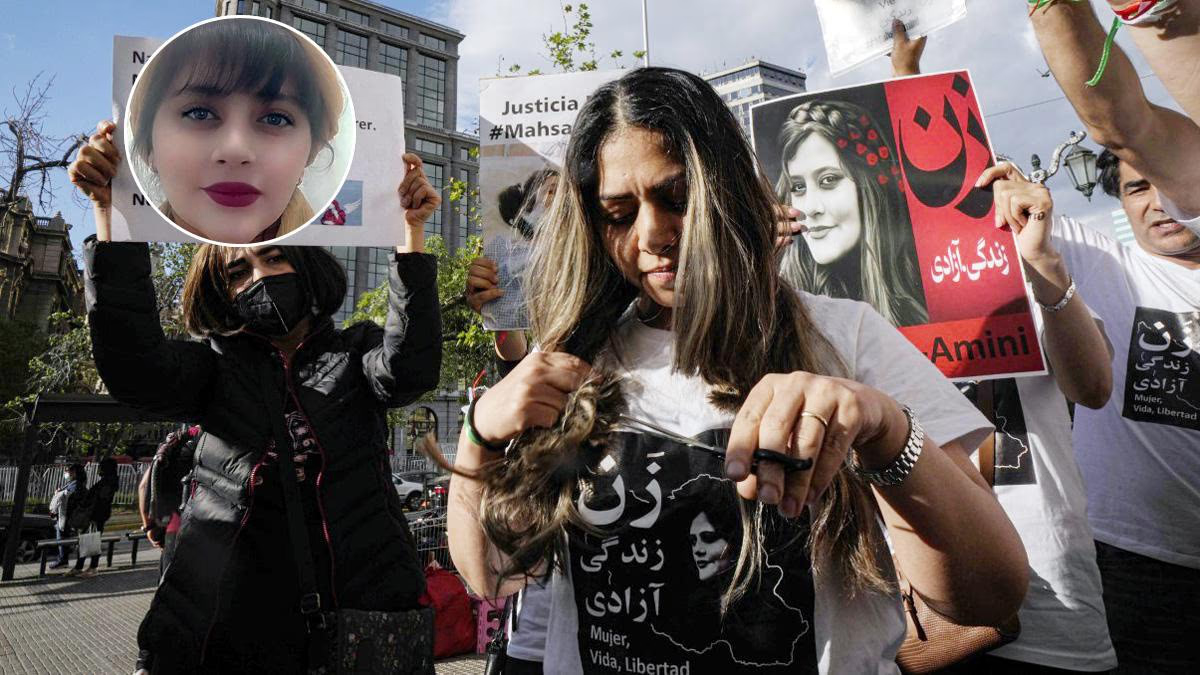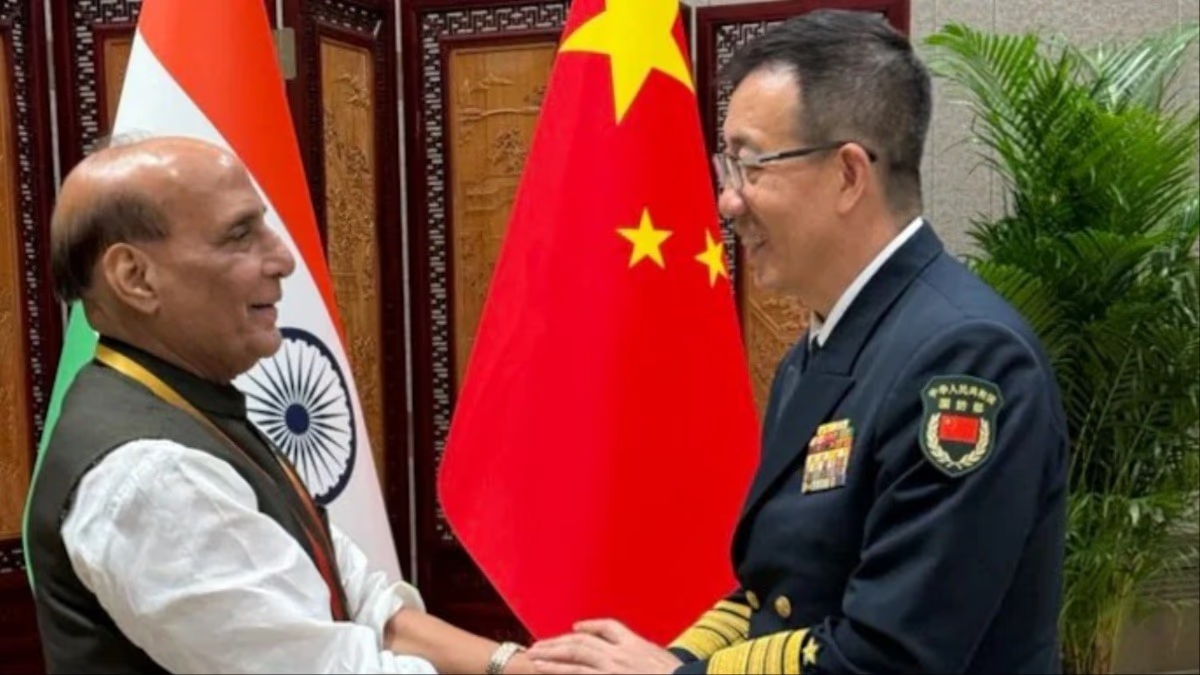The plaque on Mahsa Amini's grave bears an inscription in Persian. When we sought its meaning, it translated to, 'Live dear... you will not die, your name will remain a symbol.' The 22-year-old has indeed become the symbol of a revolution against the hijab. This revolution, ignited in Tehran, is spreading across the globe, unsettling Iran's regime.
A month has gone by since Mahsa Amini, also known as Gina Amini, became a martyr for an 'innocent sin', which was brutally punished by Iran's morality police (Gasht-E-Ershad). Today, Iran's women are openly breaking the chains of oppression by burning their headscarves, cutting their hair, and waving it defiantly in the squares of Tehran.
She fashioned a banner from her scarf...
In the streets of Iran, the spirit of India's celebrated poet Majaz Lakhnawi's revolutionary girl has awakened. Fueling the determination of such a rebellious girl, Majaz eloquently states,
'This veil on your forehead suits you well,But if you turned it into a flag, it would be even better.'
Majaz's message is clear: while the veil suits you, do not let it be your weakness. Instead, make it a banner for revolution and raise it for your rights.
Mahsa Amini's death has shook global consciousness, uniting women from India, the USA, France, and other countries. Doctors, journalists, actresses, and writers have cut their hair in solidarity, chanting slogans of Women, Life, Freedom. This cry from Kurdish women has now become a call for rebellion in Iran.
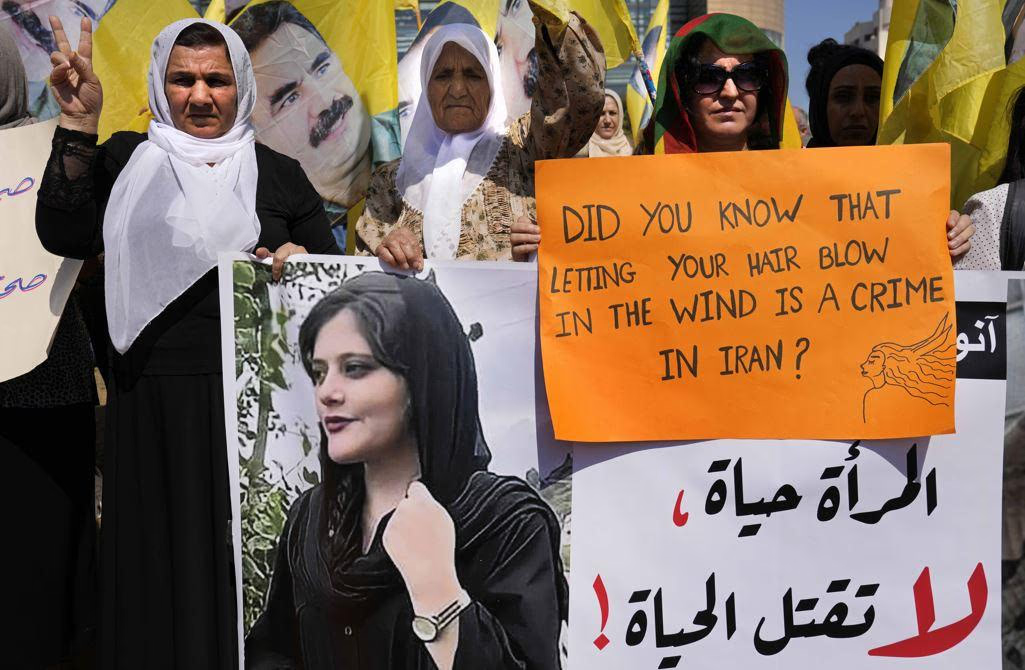
Source: aajtak
It was the afternoon of September 13, 2022, when Mahsa from the Kurdish-majority city of Saqqez visited Tehran to meet her younger brother, Askan. But fate spiraled out of control the moment she crossed paths with morality police. Mahsa was immediately summoned and arrested by Gasht-E-Ershad, and taken into custody.
But what was her crime?
Mahsa's brother was informed that her hijab was improperly worn, not meeting the government's standards, with some of her hair visible. The police told him she would be taken to a camp for a lesson on hijab-wearing, and released an hour later. This wait turned into an indefinite lifetime of sorrow for her brother.
The Hijab, the Style, and the State
Before revealing what happened to Mahsa in police custody, let's understand what Iran's morality police is. Is there a 'government-approved' way to wear the hijab? The 1979 Iranian Revolution imposed strict dress codes for women, and the supreme leader Khomeini made hijab mandatory for women. The Islamic interpretation outlined its proper wearing style and conduct. Women stepping out without a hijab became a punishable offense.
The morality police, tasked with enforcing this law, is known as Gasht-E-Ershad, empowered to whip women flouting hijab rules. They are also known as the 'Guidance Patrol'.
Whose clothes are too tight, whose coats are too short
The tight scrutiny by this police reflects a bygone era. Iranian women, once free under Shah Pahlavi, now dislike how these morality patrols scan who’s spotted with loose scarves or short overcoats. Who, among the university students, wears tight clothing?
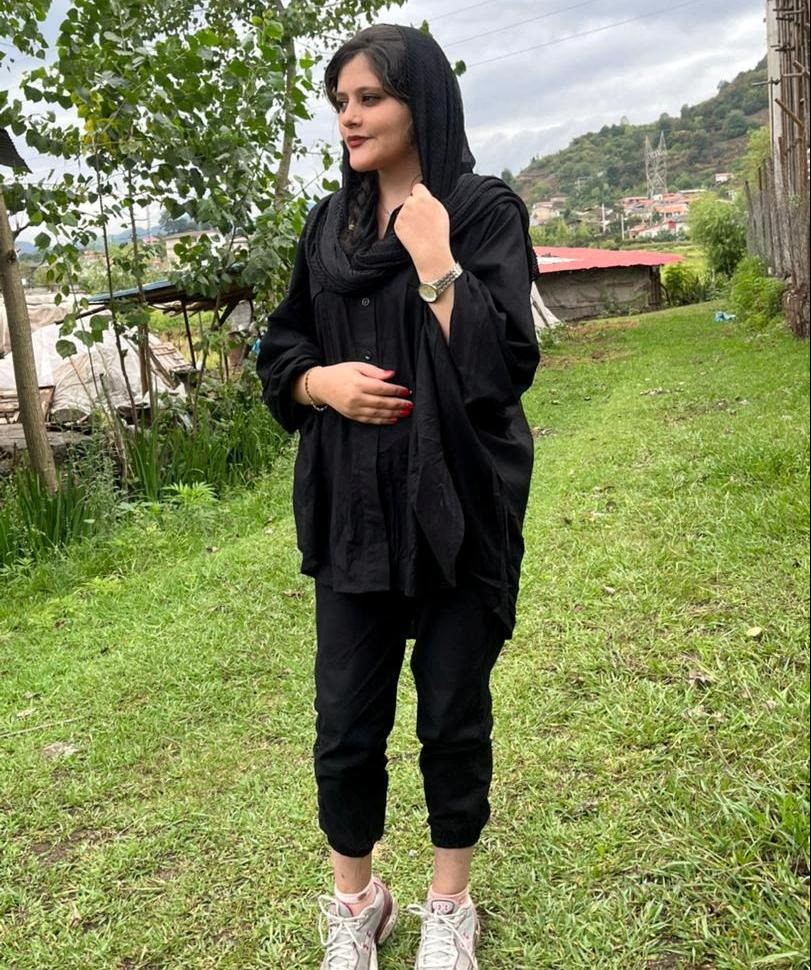
Source: aajtak
Primarily, this police force monitors women's attire and hijab adherence. Iran sanctioned a budget of 1180 billion Iranian Rials (approx. 3.9 million dollars) for such operations in the fiscal year 2022-23.
Subjective sizing and the matter of range
While Iran legislates laws, their subjective enforcement by morality police provides fertile ground for exploitation. The questions arise: how is adherence measured? Coat tightness is entirely subjective, a matter of personal preference.
A garment appearing loose by a few centimeters might seem tight to others. How is that adjudged? A girl's dress fitting her perfectly might appear short to the Guidance Patrol. Such interpretations lack universal clarity.
Moreover, this police abhors flashy clothes. Colors that suit one person may look provocative to another. Hence, Iran's Guidance Patrol exploits these ambiguities for oppression.
This interpretation cost Mahsa's life
While in Tehran on September 13, Mahsa attracted attention from this capricious patrol. According to agency reports, Mahsa was told her hair was visible from her hijab, worn loosely. Gasht-E-Ershad wanted to brief Mahsa about hijab regulations.
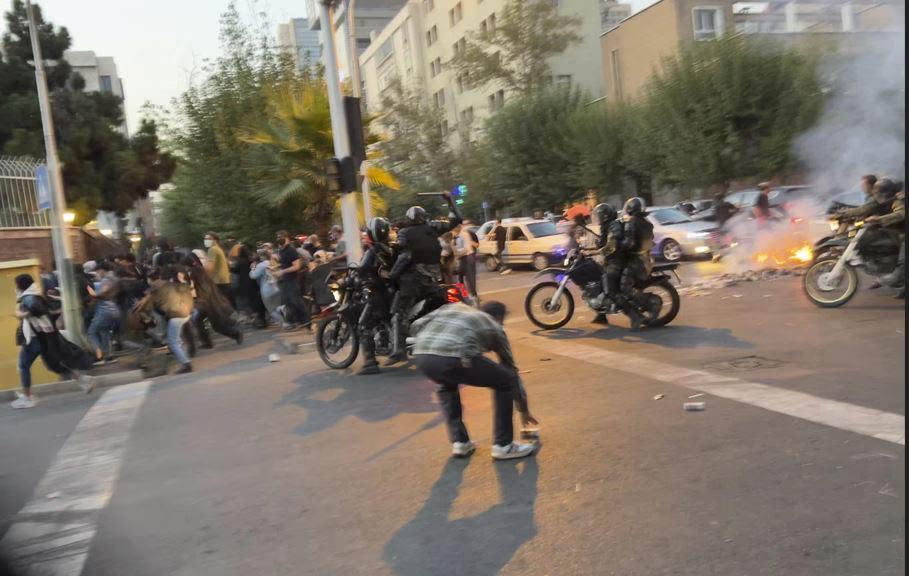
Source: aajtak
They took her into a van, brutally beating her. Other girls arrested with her disclosed to the media that Mahsa was not only physically assaulted but humiliated.
In the station, Mahsa's vision blurred and she fainted, soon entering a coma. The police informed her brother of a supposed heart attack. Two hours post-arrest, Mahsa was shifted to Kasra Hospital.
Mahsa lingered in a coma for 48 hours
For two agonizing days (September 14 and 15), Mahsa lay comatose in Tehran's Kasra Hospital ICU. On September 16, the sole daughter, who dreamt of studying law, departed this world.
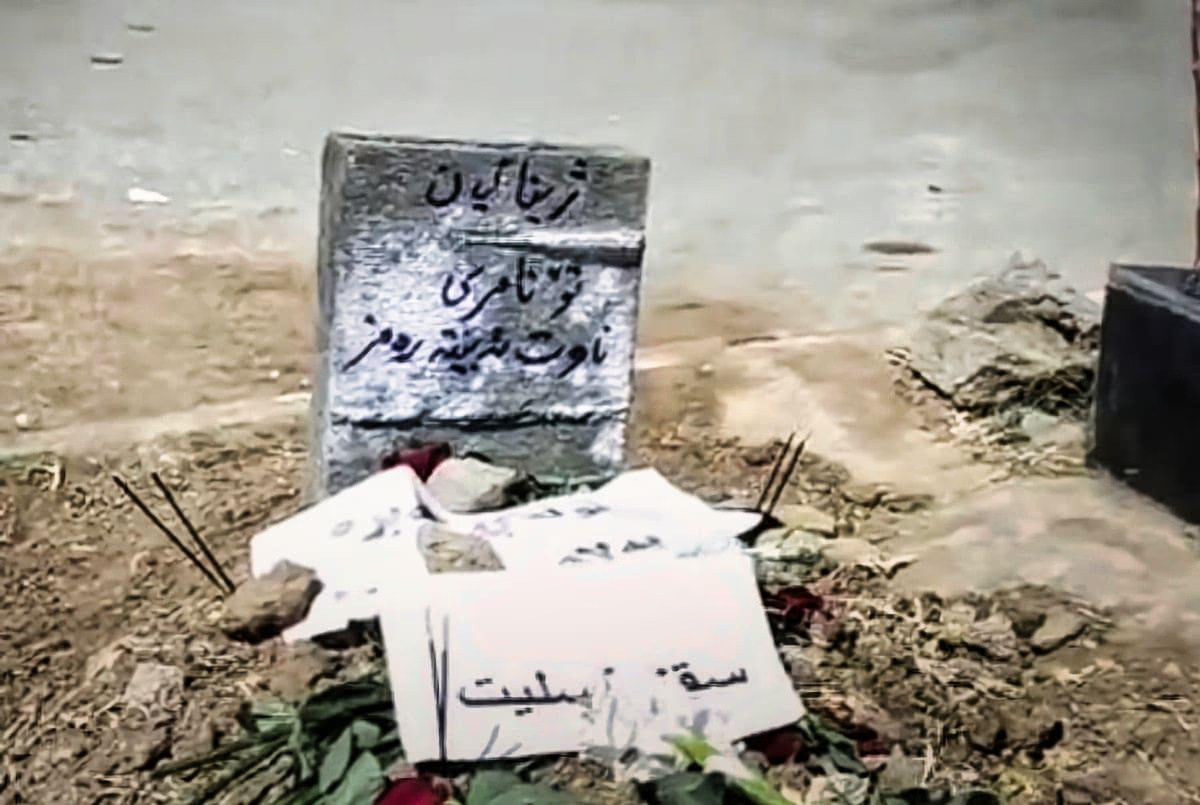
Source: aajtak
The girls arrested alongside Mahsa allege police brutality caused her death. With her demise, media-leaked CT scans revealed she suffered a brain hemorrhage.
Tehran erupted after Mahsa's death
News of Mahsa's death unleashed a political storm in Iran. Tehran witnessed people besieging the hospital with chants. The police resorted to pepper sprays. Protests soon spread to multiple cities. Mahsa's hometown, Saqqez, saw residents rally around, chanting 'Death to the dictator' and 'Woman, Life, Freedom'.
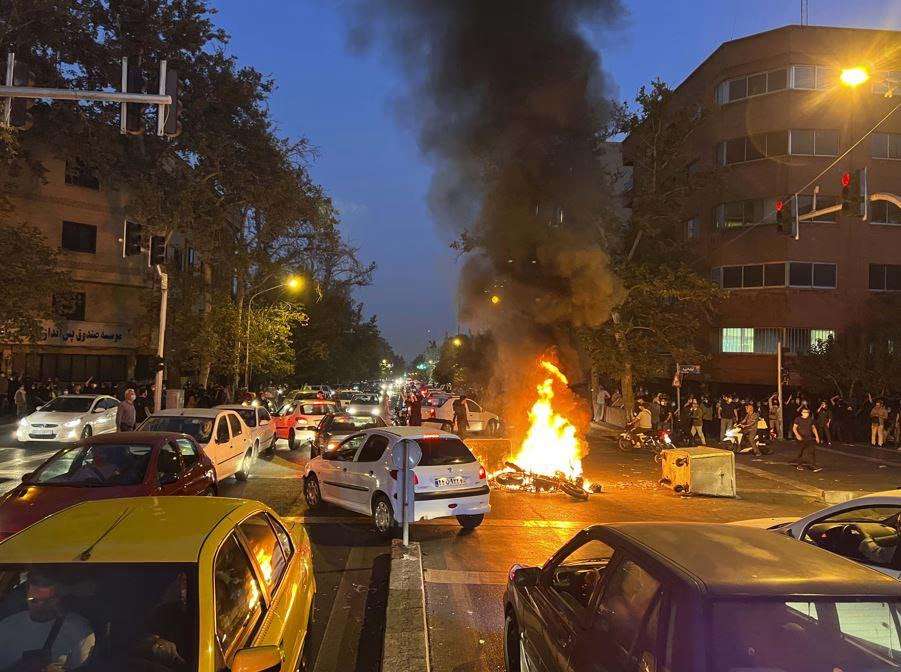
Source: aajtak
The police's crackdown resulted in bloodshed. The International Human Rights consortium reported 185 casualties by October 8, 2022—youthful dreams shattered, aspirations snuffed out. Their homes echo with grief, while the injured tally reaches thousands.
Colleges, schools, oil fields felt the protest
The Gasht-E-Ershad debacle unleashed long-buried anger among Iranians. Tehran's universities, colleges, and schools brimmed with protests. Girls attend class bareheaded, wave their hair proudly, and share photographs widely on social media. Such photos are the emblem of Iran's anti-hijab revolution. Moreover, laborers from Iran's oil fields have joined the anti-regime movement.
Social media avalanche of empathy
Mahsa left too soon, yet her untimely death birthed a social media tempest. #MahsaAmini, a sensation on Persian Twitter, became the most-repeated hashtag. Related tweets and retweets skyrocketed to 80 million. The protest's influence prompted Iran's government to impose internet shutdowns regionally. In efforts to stem the rebellion, access to WhatsApp and Instagram was blocked in Kurdistan and other areas.
World celebrities supported justice for Mahsa. The UN condemned the death as murder, demanding independent investigations.
Harry Potter author JK Rowling tweeted, 'Mahsa Amini died in police custody at 22 for violating hijab rules; her name should now echo worldwide.'
Iranian ex-soccer star Ali Karimi chastised the regime, stating, 'Not even Zamzam water can cleanse your disgrace and shame.'
These rights are universal
On October 11, former US President Barack Obama lauded protesting Iranian girls, underscoring injustice mustn't be tolerated. He reaffirmed the universal right to self-expression, emphasizing a girl's freedom in appearance and identity without fear or violence.
Beyond Obama, German Chancellor, US President, Chilean President, and many NGOs condemned the regime's violence against girls.
India's irony
The ironic juxtaposition emerges: Iran's hijab liberation revolution contrasts with India's split over the same issue, entangling legal rights and government mandates. Whether girls in Karnataka, India, will have hijab-wearing freedom awaits the Supreme Court's judgment.
Her hair was so beautiful
Mahsa Amini's death rekindled memories of Iran's 1979 religious revolution, bringing to life Iranian writer Moniro Ravanipour's words in 'These Crazy Nights,' "She never wished to be a revolutionary; this revolution uglified her, covered her up, concealed her once-beautiful hair, and shrouded her graceful legs."
